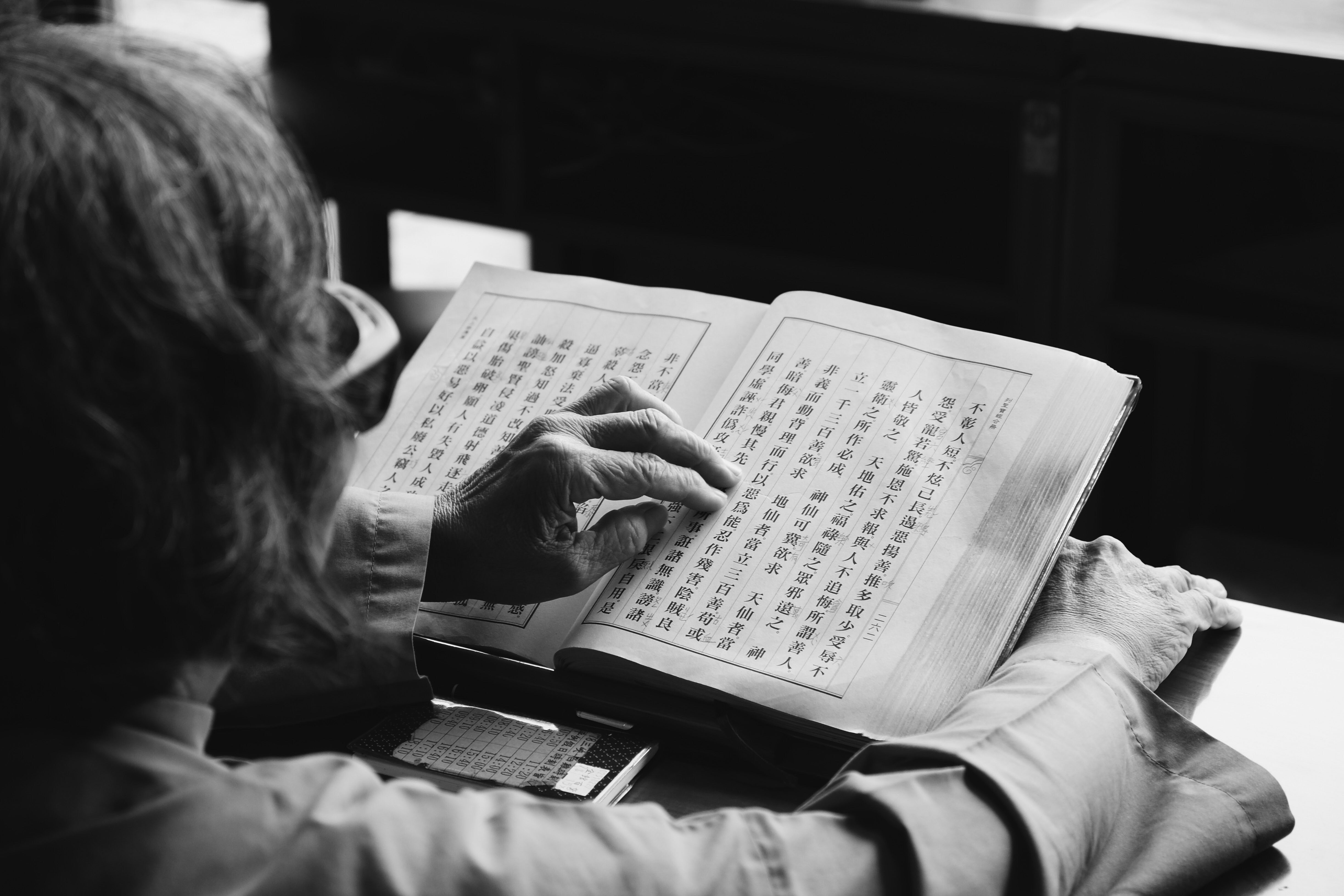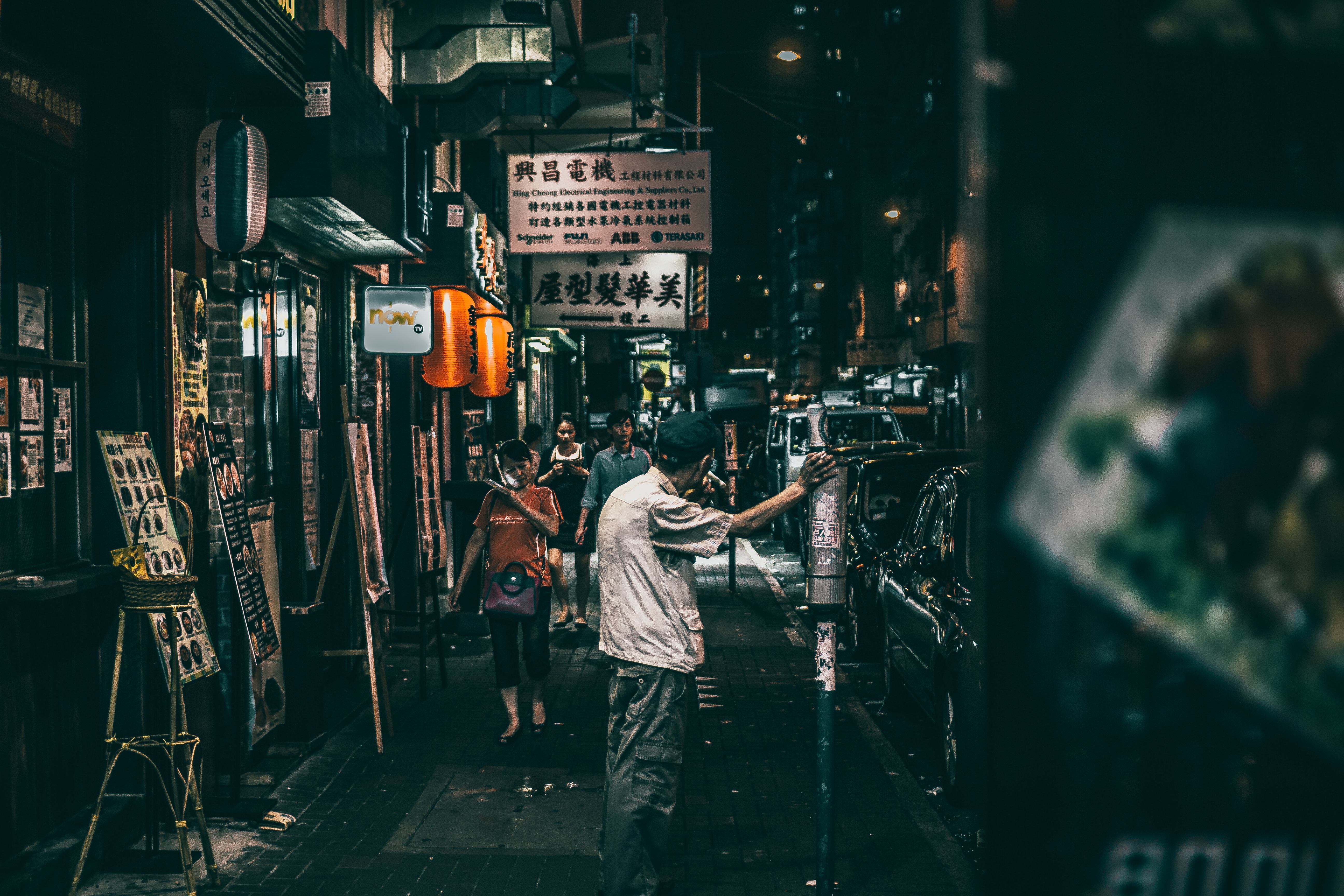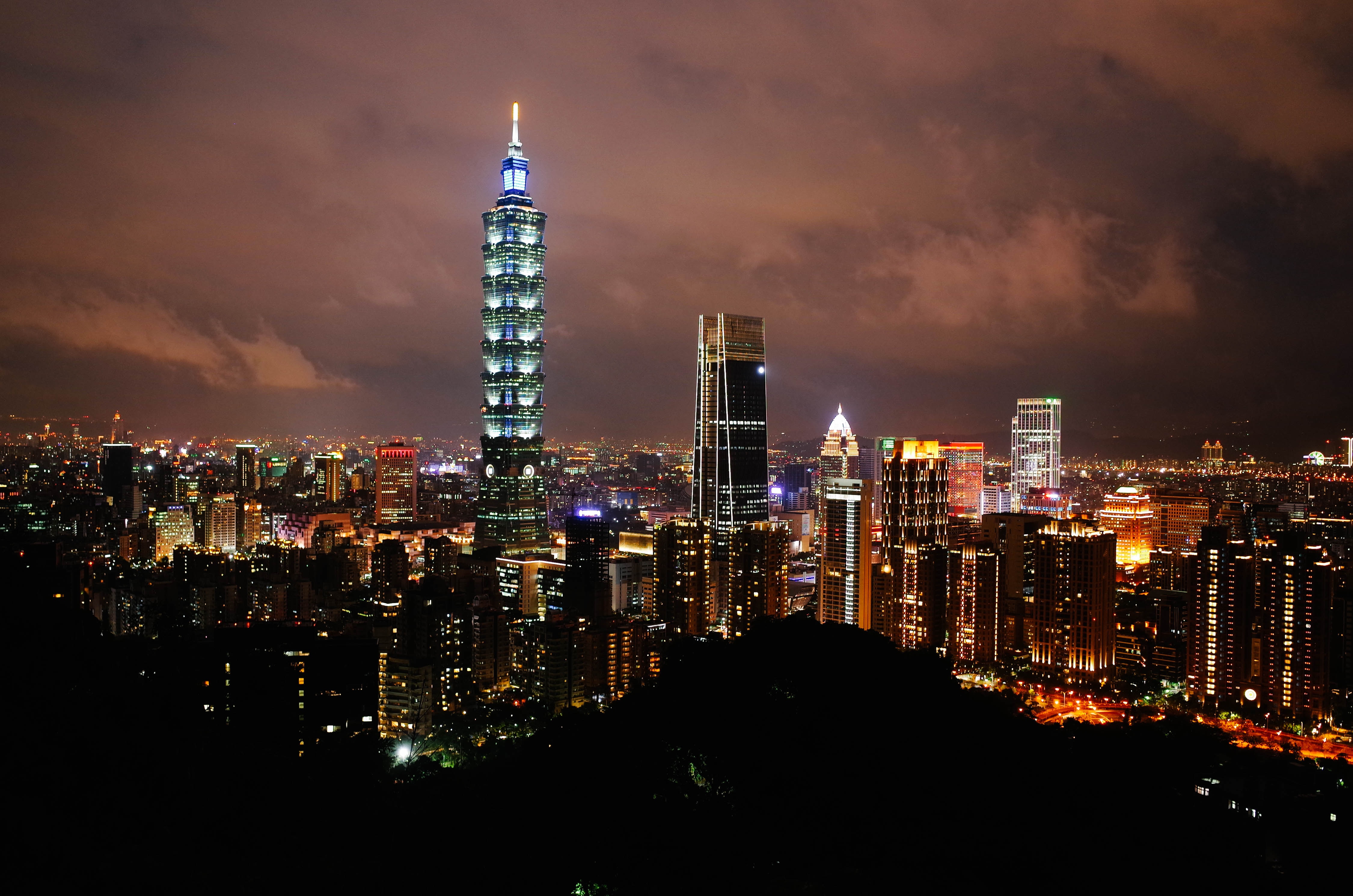Taiwanese Mandarin vs Chinese Mandarin: What’s the Difference?

How Artificial Intelligence is Reshaping the Translation Industry
August 28, 2019
Directing Voice Talent: Tips and Best Practices
September 11, 2019A common question we get at JBI Studios is: what’s the difference between Mandarin spoken in Taiwan and Mandarin spoken in Mainland China? They’re both the same language, just with some specific regional differences, much like American English compared to British English. In this blog, we’ll explore how those differences in Taiwanese Mandarin and Chinese Mandarin arose, what those differences are, and how this knowledge will help you reach your target audience.
[Average read time: 4 minutes]

image from colonialvoyage.com
Taiwan’s Linguistic History – Part 1 – Before 1895 A.D.
To understand how Taiwanese Mandarin developed in Taiwan, let’s take a very brief look into the history of the island. Taiwan, an island rich with natural resources and situated 100 miles off the southeast coast of mainland China, was home to various Taiwanese aboriginal tribes of Austronesian origin for thousands of years. In 1624, the Dutch settled on the island and encouraged Chinese immigration to help with cane plantation farming. Koxinga, a half-Chinese, half-Japanese Ming loyalist and military leader, defeated the Dutch in 1661 and took control of the island. The Chinese Qing dynasty eventually invaded and took over Taiwan in 1683, establishing Qing dynasty rule on the island until 1895.
From the 17th century to 1895, major migrations of Han Chinese from southeast China (mainly Fujian and Guangdong) to Taiwan established them as the major ethnic group in Taiwan, displacing the aboriginals. With these migrations, the Han Chinese brought with them the Hokkien and Hakka languages spoken in southeast China.
These languages are mutually unintelligible with Chinese Mandarin, and Hokkien became the main language in Taiwan prior to Japanese rule in 1895. As a result, Taiwanese Mandarin is influenced by Hokkien pronunciation, loan words, and slang that are distinct from Chinese Mandarin, which we’ll explore below.
Taiwan’s Linguistic History – Part 2 – 1895 A.D. to the Present
After losing the Sino-Japanese War in 1894, the Chinese Qing dynasty ceded Taiwan to Japan. From 1895 to the end of WWII in 1945, Japan established colonial rule in Taiwan and set up a Japanese education system. There are still elderly in Taiwan (aged mid-80s and above) that speak Japanese fluently having grown up in that system. During this time, Japanese loan words were absorbed by the Hokkien language which would later affect Taiwanese Mandarin.
In 1945, defeated Japan handed over control of Taiwan to the Kuomintang (the KMT aka the Chinese Nationalists) that ruled mainland China at the time. The KMT eventually lost to the Communists in China and fled to Taiwan in 1949, sparking a 20th-century major migration of Chinese to Taiwan. This migration and KMT rule led to the adoption of Mandarin as the official language of Taiwan, which has persisted to this day.

Taiwanese Mandarin vs Chinese Mandarin Part 1 – Writing and Pronunciation
As we discussed in a previous blog about Chinese Mandarin vs Cantonese, Mandarin is based on the northern dialect of Chinese spoken in Beijing. Chinese Mandarin and Taiwanese Mandarin are based on the same language, however, there are key differences in writing, pronunciation, grammar, and word usage that we will explore.
Writing: In Taiwan, Hong Kong, and Macau, traditional Chinese characters are used for writing since those areas were not under Communist Chinese rule in 1949 when the party simplified the characters. In addition to using traditional Chinese characters, some Taiwanese signs and pop-culture writings use certain Japanese characters given Taiwan’s colonial past. One example is the Japanese possessive particle の (pronounced “no”) which is sometimes used instead of the Chinese possessive particle 的 (pronounced “de”) to add a bit of Japanese style to the text.
Pronunciation: Chinese Mandarin speakers, particularly from the Beijing area, speak with a heavy northern Chinese accent and curve their tongues when they pronounce certain sounds, for example the retroflex consonants: zh, ch, sh. Taiwanese Mandarin speakers, in contrast, have more of a flat tongue when pronouncing those sounds so that the sounds shift more from zh to z (ch -> c, sh -> s). Also, because of the influence of Hokkien, when an “i” follows a retroflex consonant (e.g. zhi, chi, shi), certain Taiwanese speakers pronounce the “i” with more of a “u” sound, so zhi -> zhu, chi -> chu, shi -> shu.
There are also some major sound and tone differences between Chinese Mandarin and Taiwanese Mandarin. The term “trash” (垃圾) is pronounced with completely different sounds: lèsè in Taiwan, and lājī in Mainland China. Other times the sounds are the same, but the tones are different. For example “France” (法國) is pronounced fàguó in Taiwan (the “fa” sound is a falling tone) and făguó in China (the “fa” sound is a falling and rising tone).

Taiwanese Mandarin vs Chinese Mandarin Part 2 – Grammar and Word Usage
Taiwanese Mandarin also has some grammar points that are specific to Taiwan. To make a verb continuous, in English we add the ending -ing and in Chinese Mandarin a 著 (zhe) is added after the verb. So for instance: “I am eating dinner” translates to 我吃著晚飯 (wǒ chīzhe wǎnfàn). Now in Taiwanese Mandarin, instead of adding a 著 after the verb, the word 在 (zài), meaning “here”, is added before the verb: 我在吃晚飯 (wǒ zài chī wǎnfàn). This translates more literally to “I’m in the middle of eating dinner” and is similar to the grammatical structure and usage in Hokkien.
Past tense usage is another main difference between the two. In Chinese Mandarin, a past tense particle 了 (le) is added after a verb to indicate the completion or past tense of that verb: 我去了商店 (wǒ qùle shāngdiàn), “I went to the store”. In Taiwanese Mandarin, 有 (yŏu), the Chinese word for “to have”, is added before the verb to indicate past tense: 我有去商店 (wǒ yŏu qù shāngdiàn), or literally: I have been to the store.
Also, there are a number of words that are used in Mainland China that differ in Taiwan. Adapted from this list, I’ve included three terms below with their romanization and literal English translations:
| Word | China | Taiwan |
| Hotel | 酒店 (jĭudiàn): alcohol store | 飯店 (fàndiàn): food store |
| Mandarin | 普通话 (pŭtōnghuà): common speech | 國語 (guóyŭ): national language |
| Taxi | 出租車 (chūzūchē): rented out car | 計程車 (jìchéngchē): metered car |
As you can see above, the terms are constructed differently in China vs Taiwan, but the literal meanings are in the ballpark of what that thing is or does (hotels in China and Taiwan both serve alcohol and food).

Why It’s Important to Know Your Audience
Much like asking where the water closet is in America will get you strange looks, it helps to know the correct terms for the region you’re in and will make sure you’re not misunderstood when traveling. This is also key for localizing content for that area. For example, if you have a commercial for a new hotel focused on serving Chinese tourists and you call it a 飯店 (fàndiàn) instead of a 酒店 (jĭudiàn), you’ll be getting dinner reservations instead of hotel reservations.
Also, the accents are vastly different for each region. Mandarin speakers can pick up immediately whether the actor is a native speaker from China or Taiwan based on their pronunciation. Audiences identify more with an actor speaking in the accent of their region and are better able to understand what the actor is saying.
Now that you know the history and differences between Taiwanese Mandarin and Chinese Mandarin, you’ll be able to choose which one fits your audience better.
Planning your next video for the Asia market? Below are some key terms to make sure that you’re localizing your content correctly and to the right audience!


